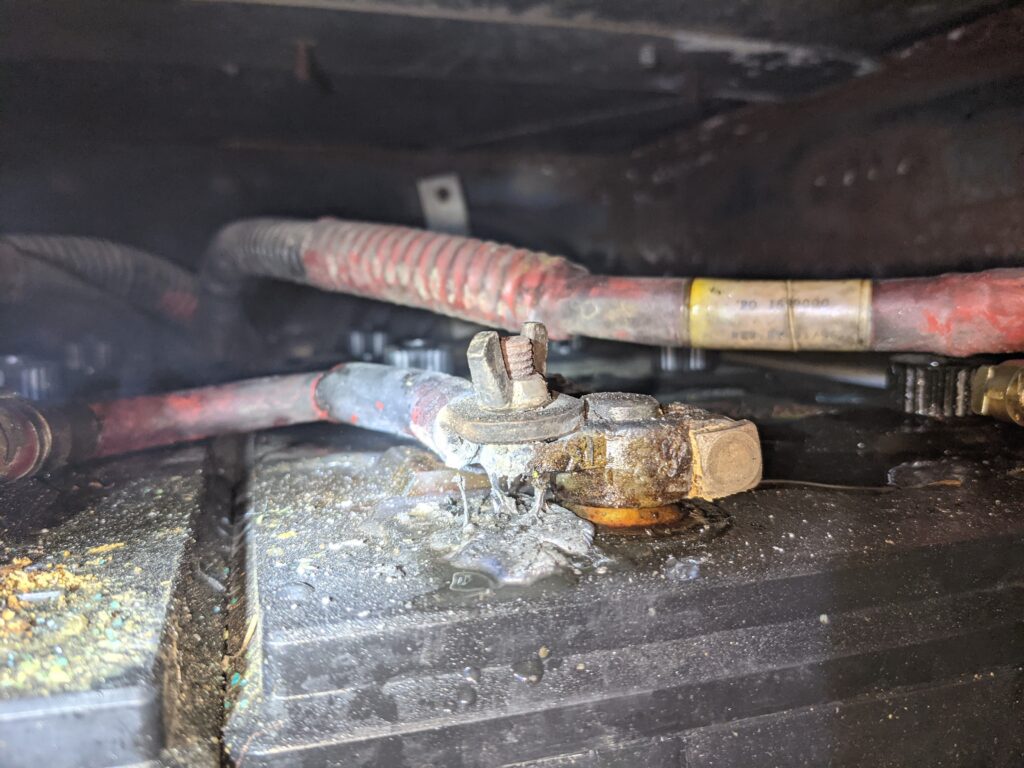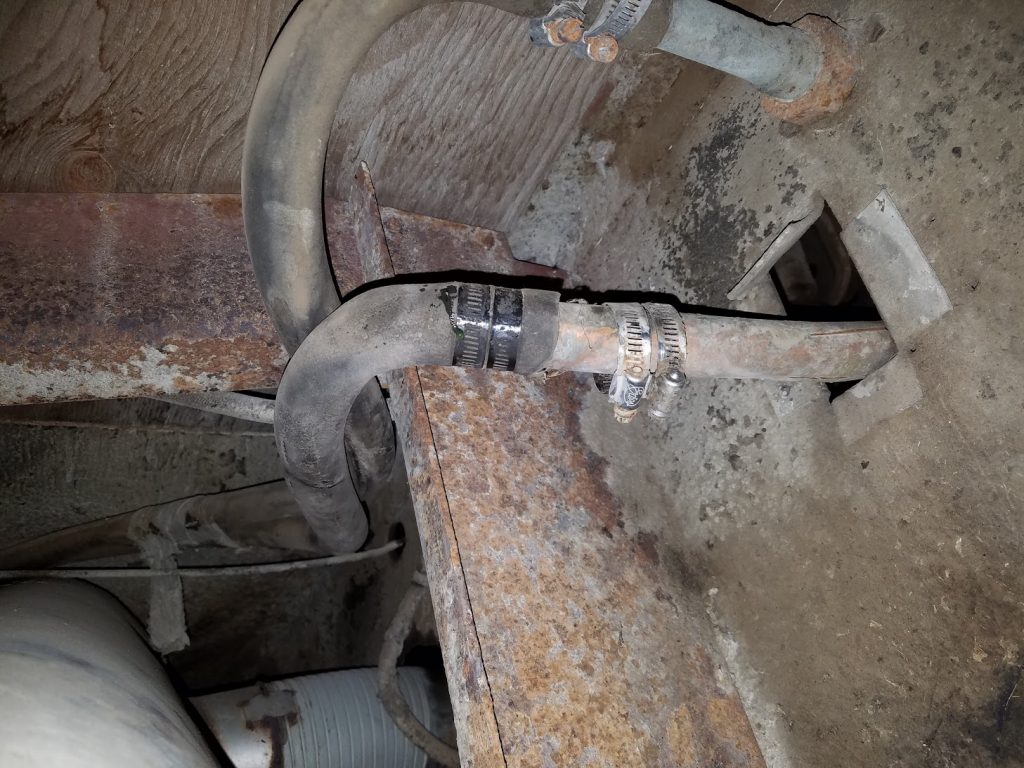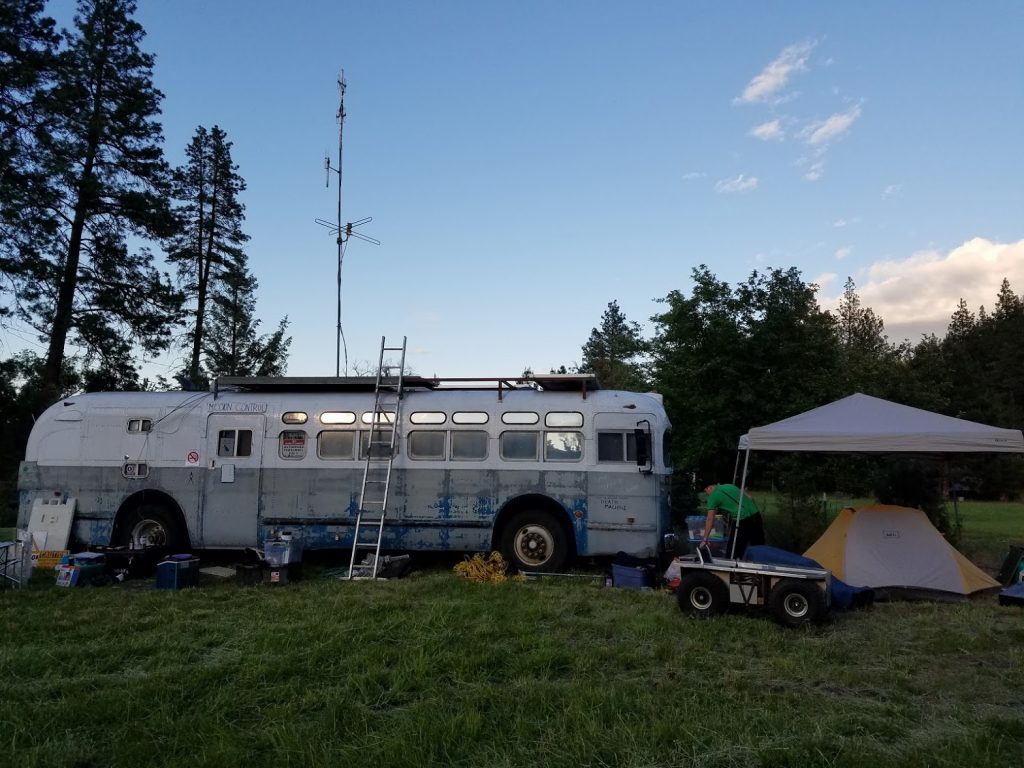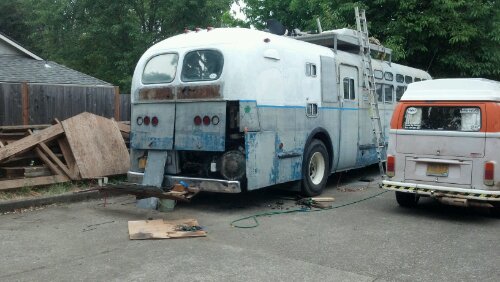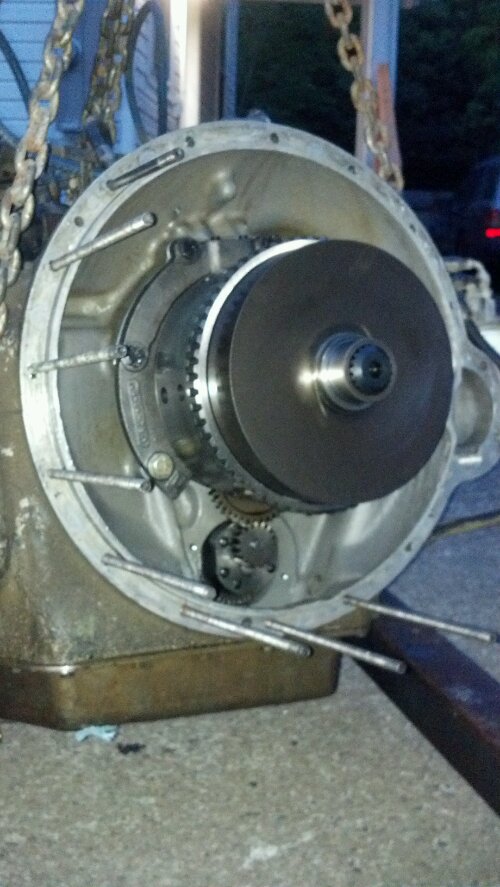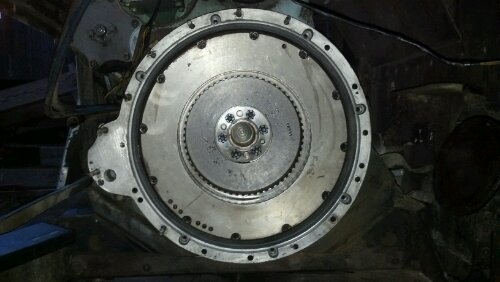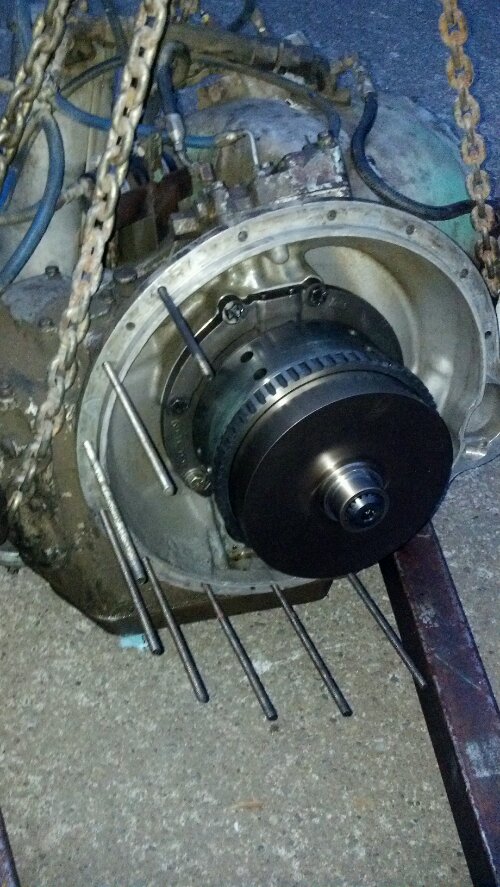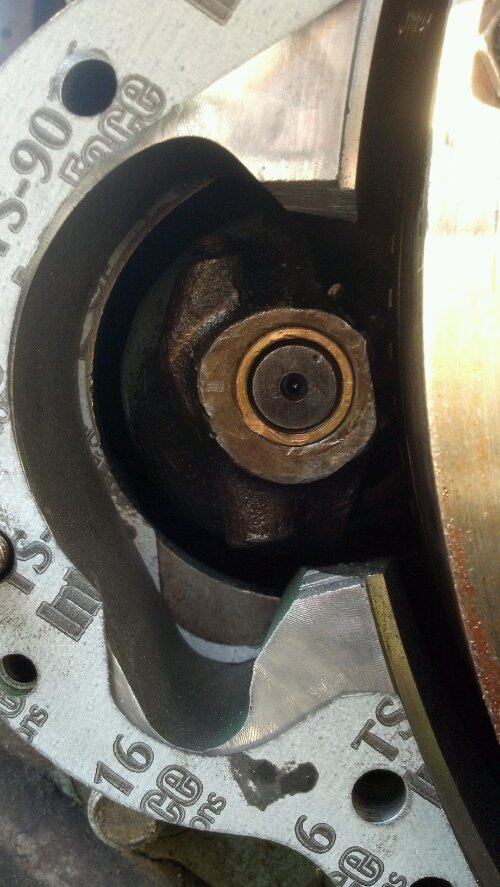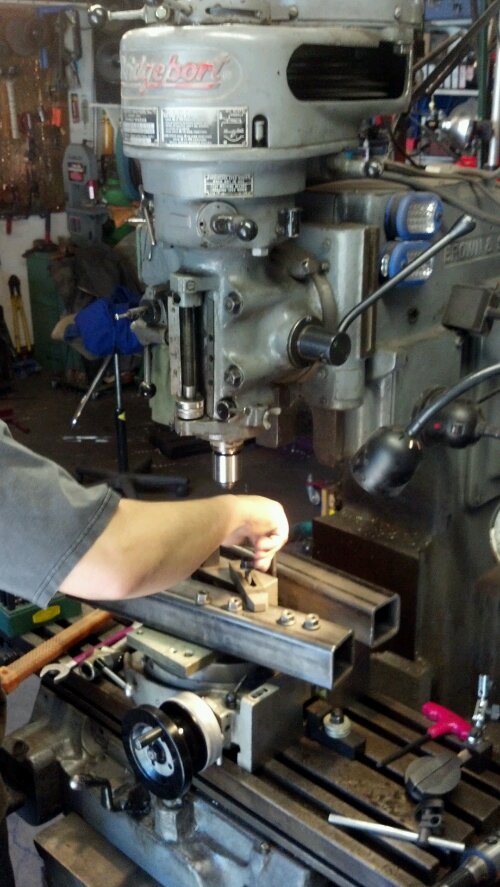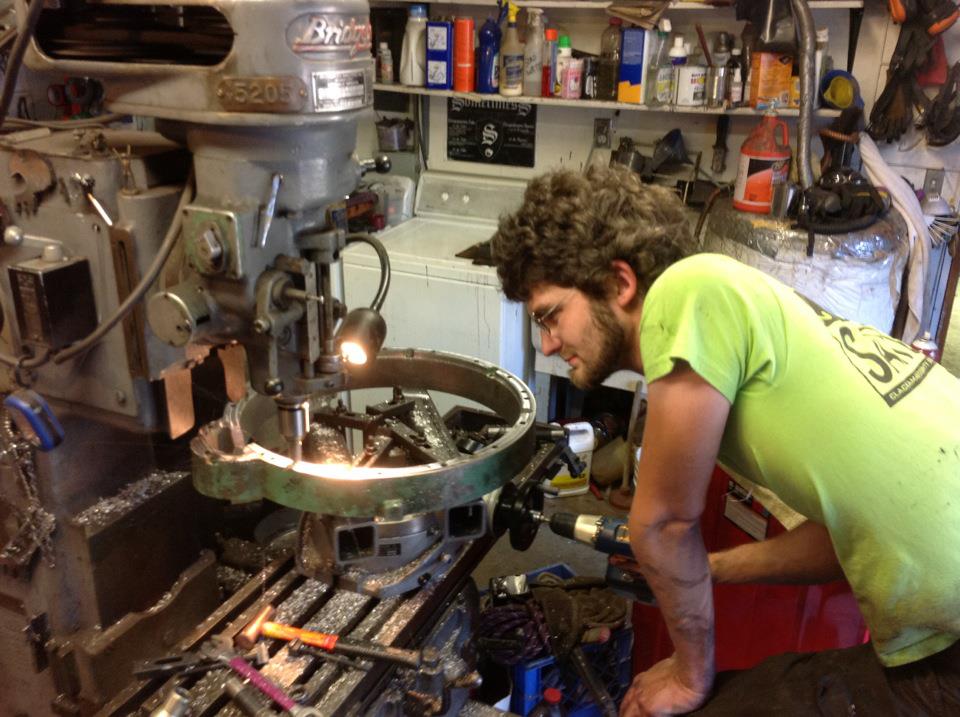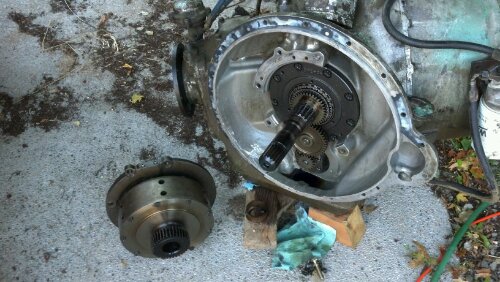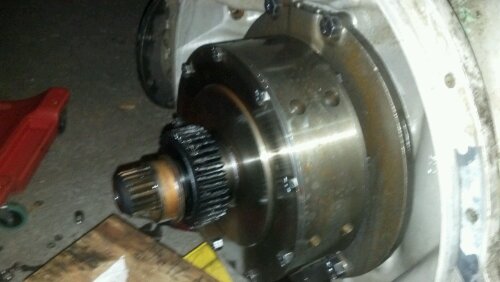In preparation for some winter project time (and donor-bus gutting), I wanted to get the Series 50 woke up and confirm it’s good for plucking.
A old tank of fuel mixed with some B100 has been hanging out in the fuel tank for quite some time. Unfortunately this meant a bit of work to get the bus back to a running state.
The hand primer pump on the primary filter bit the dust (likely due to biodiesel chewing on it) so air got sucked into the fuel system. Replaced the filter base with a temporary one and a filter I had on hand. I’ll likely replace that hand primer pump base with like because the filter is a very common thread (1″ – 14 pitch). Now that the system had lost prime, I also changed out the secondary filter (which happens to cross reference to a 3120, the same filter used on the Ghost!). I prefilled the filter to help with priming.
When it came time to start things up, no amount of cranking could get the engine to even so much as cough. Playing with fuel lines, checking filters, etc. had me concerned the fuel pump had also given up. I confirmed the engine was topped with coolant, and while doing so realized that I hadn’t seen a “CHECK ENGINE” light turn on during first power-up. That had me concerned that the ECU may not be receiving power. About that time, while checking connections and doing some more cranking, a battery cable terminal decided it was a good time to melt.
With a new terminal installed on the freshly cleaned post and cable end, it was time to give the starter another go. To my surprise the engine coughed on one cylinder. Much more cranking, starter resting, battery charger keeping things topped up, another cylinder came online. As the Series 50 is only a 4-cylinder, it takes more than 2 to maintain an idle. Eventually 3 cylinders caught and it maintained some sort of idle. Throttle response was poor.
As can be seen, things are better but still far from correct. The fuel system contamination seems to have really cut deep. I continued to let the bus run in Fast Idle mode, shaking itself (and my nearby house). I continued to play with the throttle, eventually being greeted by a Check Engine light popping up on the dash. I confirmed the injector harness between the DDEC module and cylinder head entrance was undamaged. After 15-20min of idling, it started to sound different so shut it down, waited for the power-off, then restarted. Thankfully all 4 cylinders firing smooth as ever. Woo!
I’m guessing that I’ll be replacing injector o-rings while the powerplant is out an accessible. That fuel likely attacked everything rubber that it touched. Next stop is a fuel tank drain and purge the system with fresh/clean diesel.
More later.

